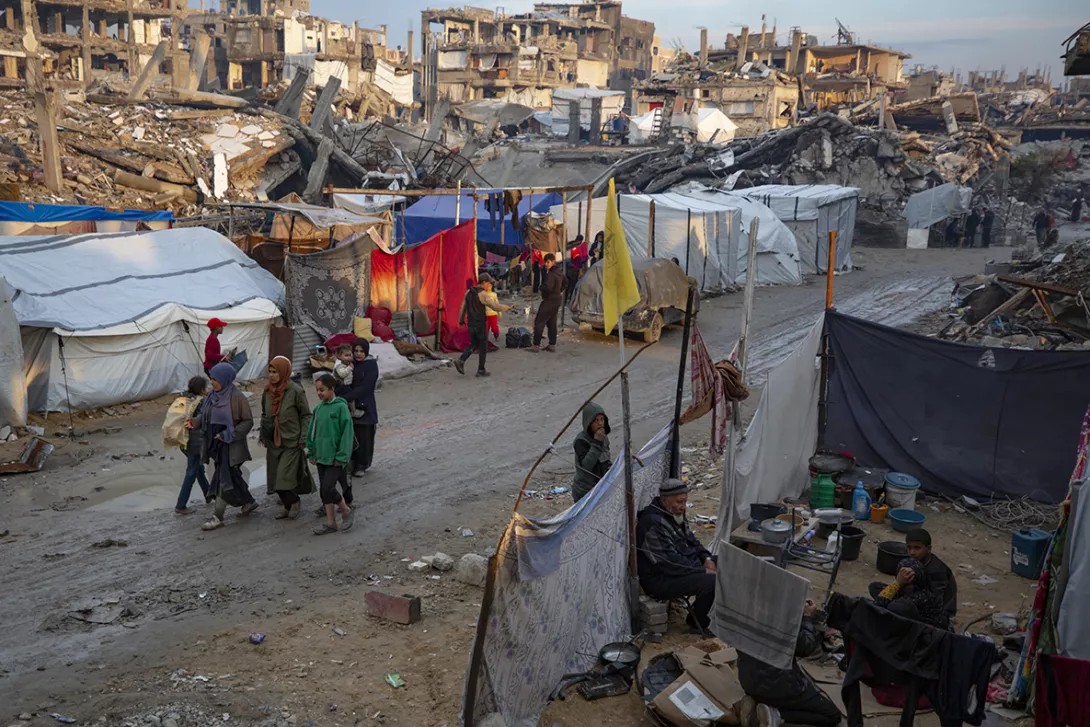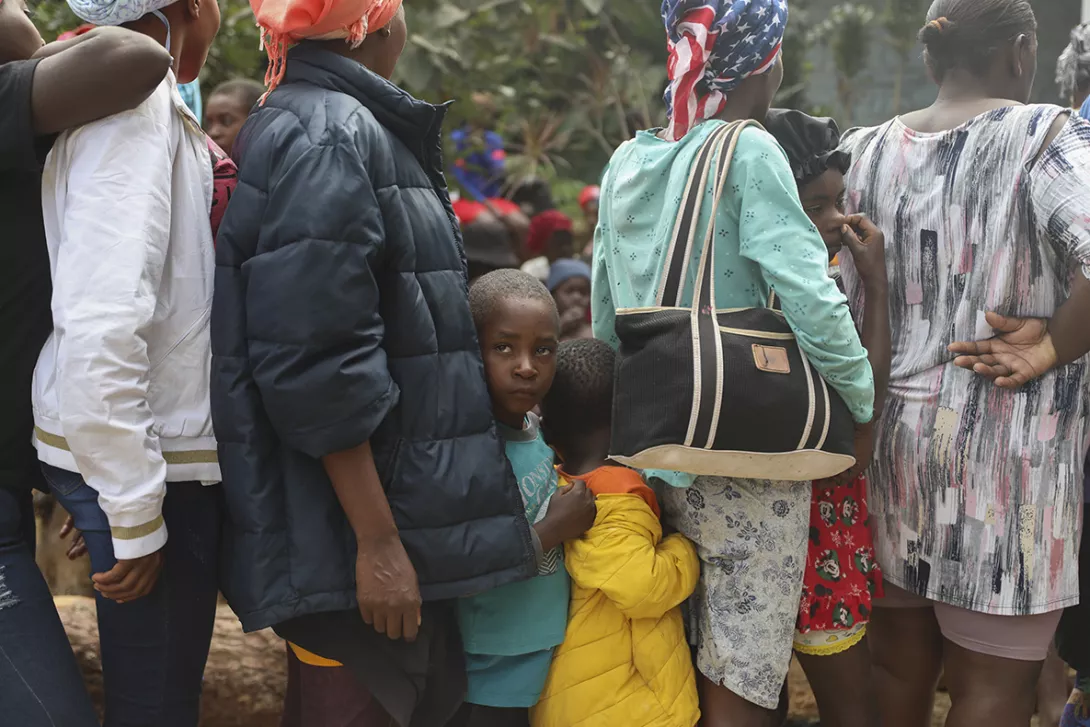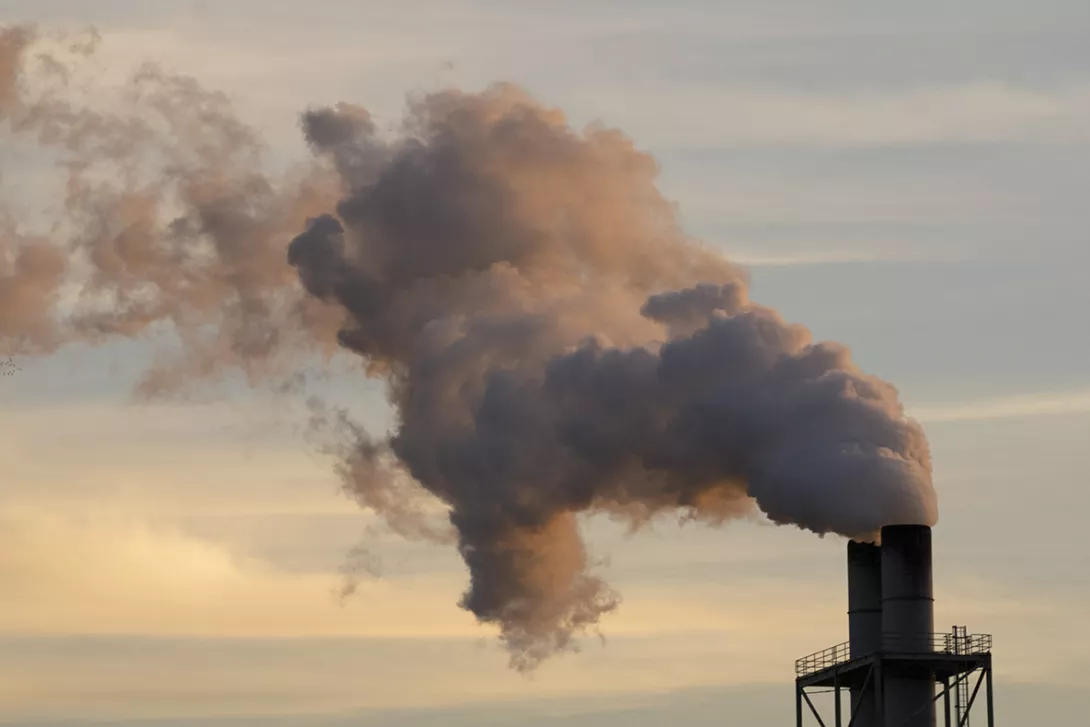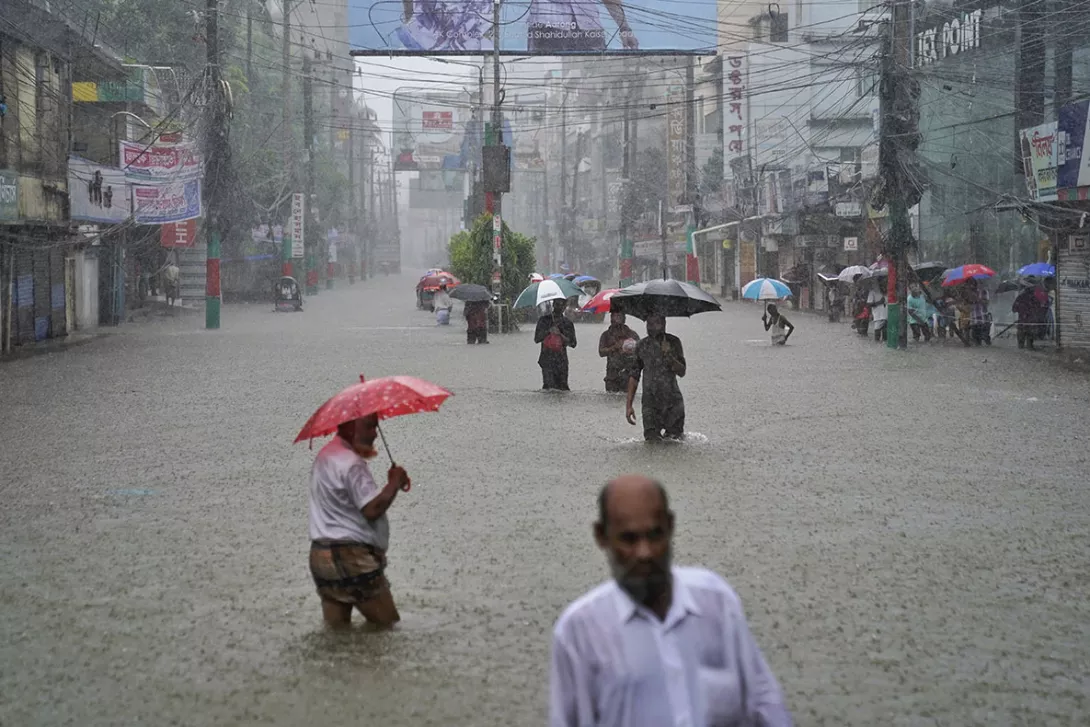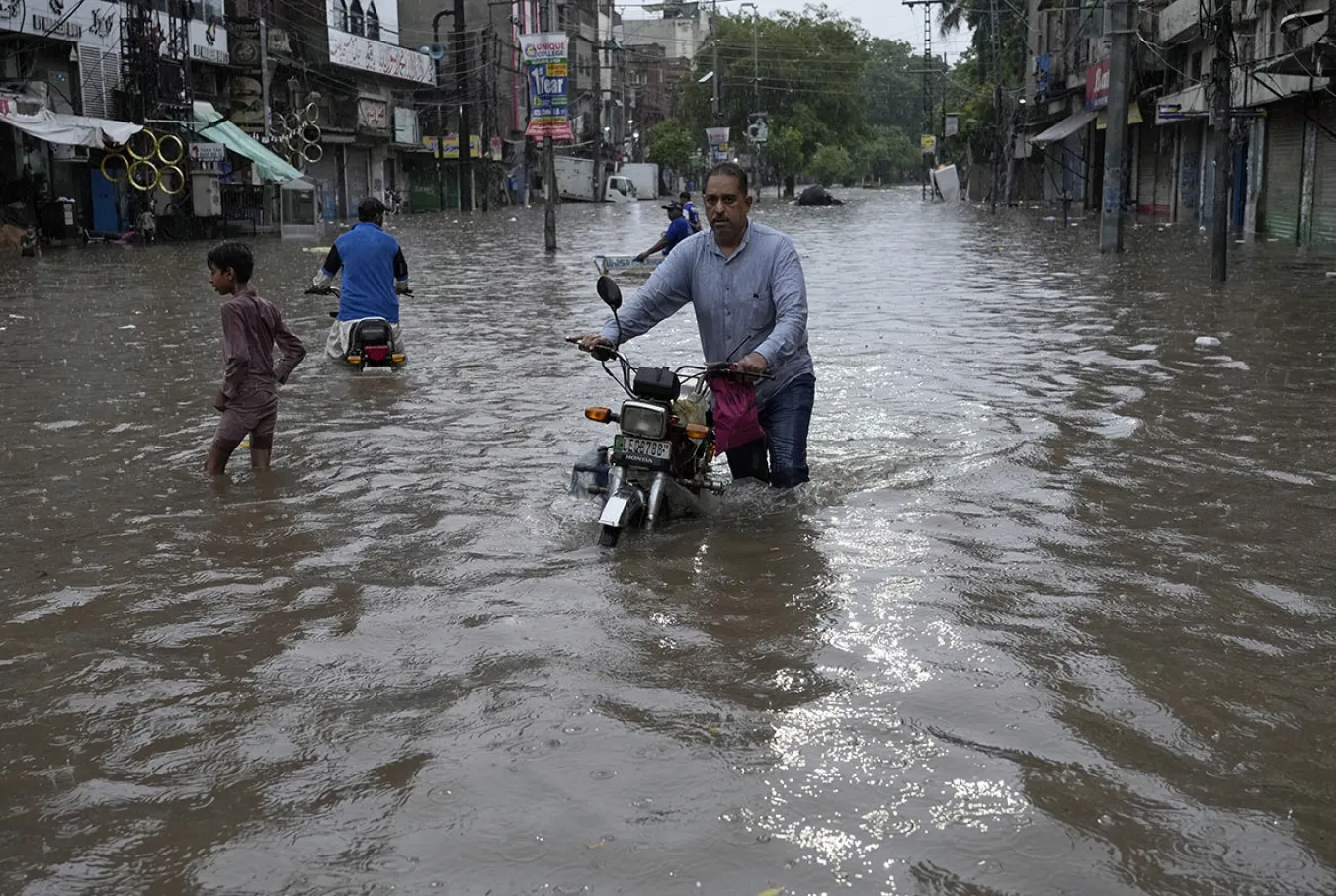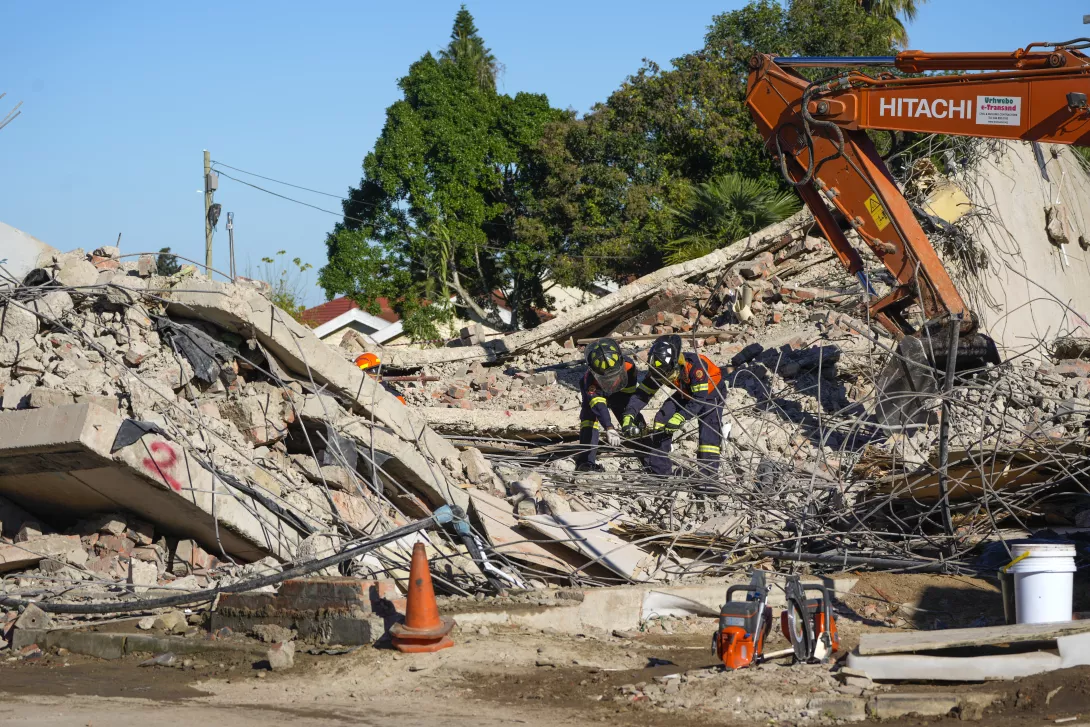Rain in Brazil worsens already devastating floods, hitting the poor hardest
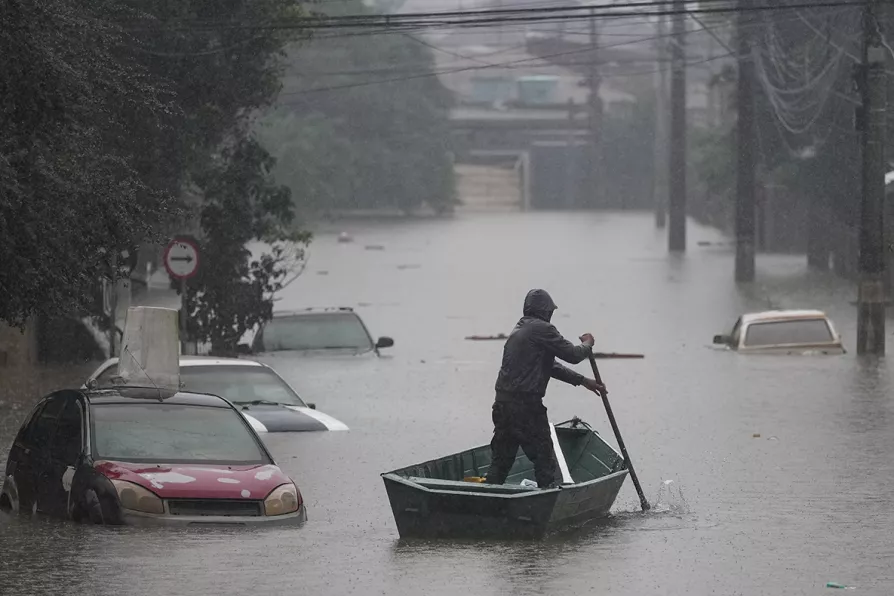
HEAVY rain continued on Saturday in Brazil’s already flooded Rio Grande do Sul state, where many of those remaining are poor, with limited ability to move to less dangerous areas.
More than six inches of rain was set to fall over the weekend and will probably worsen flooding, according to the Friday afternoon bulletin from Brazil’s national meteorology institute.
It said there is also a high likelihood that winds will intensify and water levels rise in the Patos lagoon next to the state capital, Porto Alegre, and the surrounding area.
More from this author
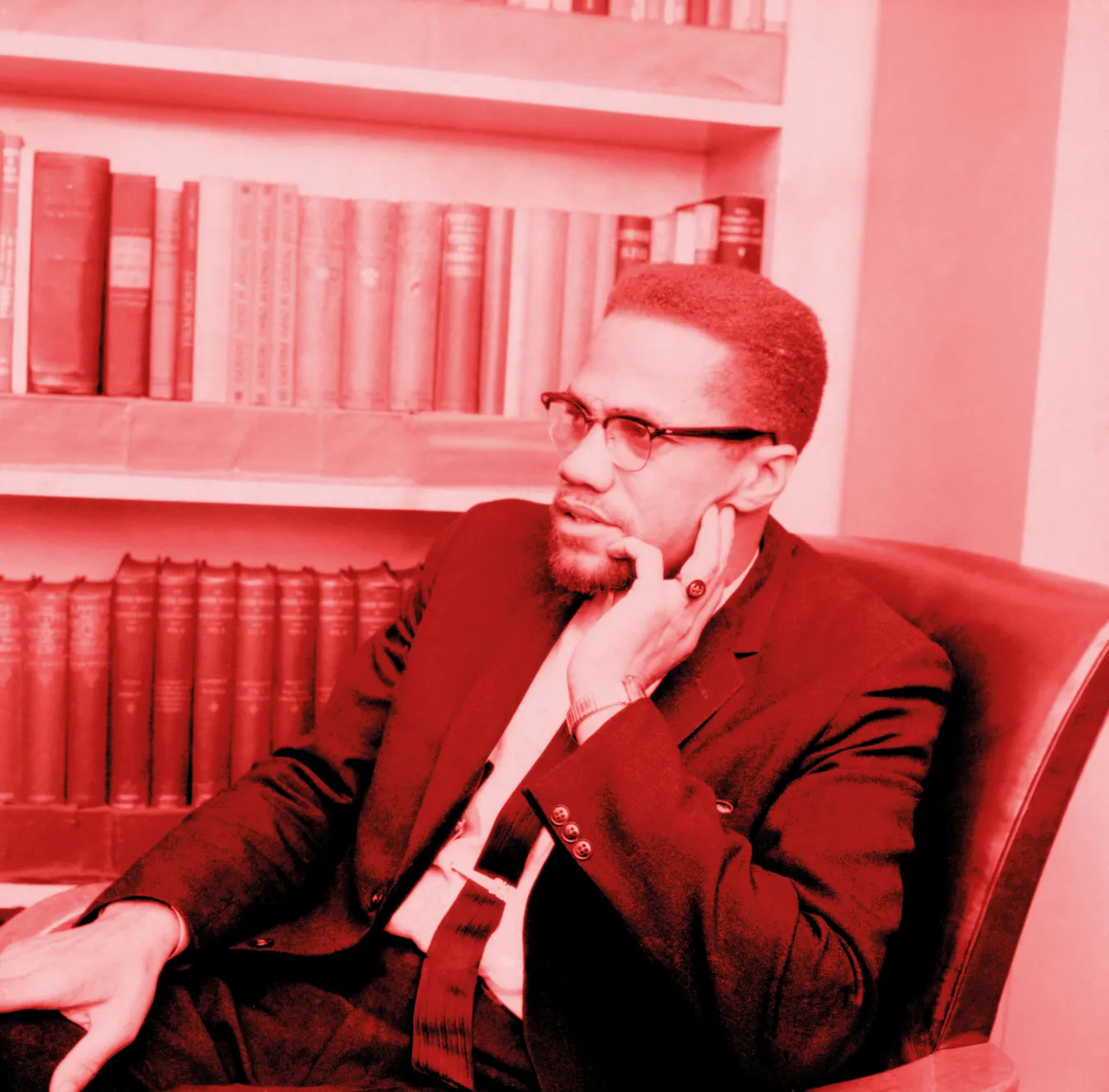
ROGER McKENZIE looks back 60 years to the assassination of Malcolm X, whose message that black people have worth resonated so strongly with him growing up in Walsall in the 1980s
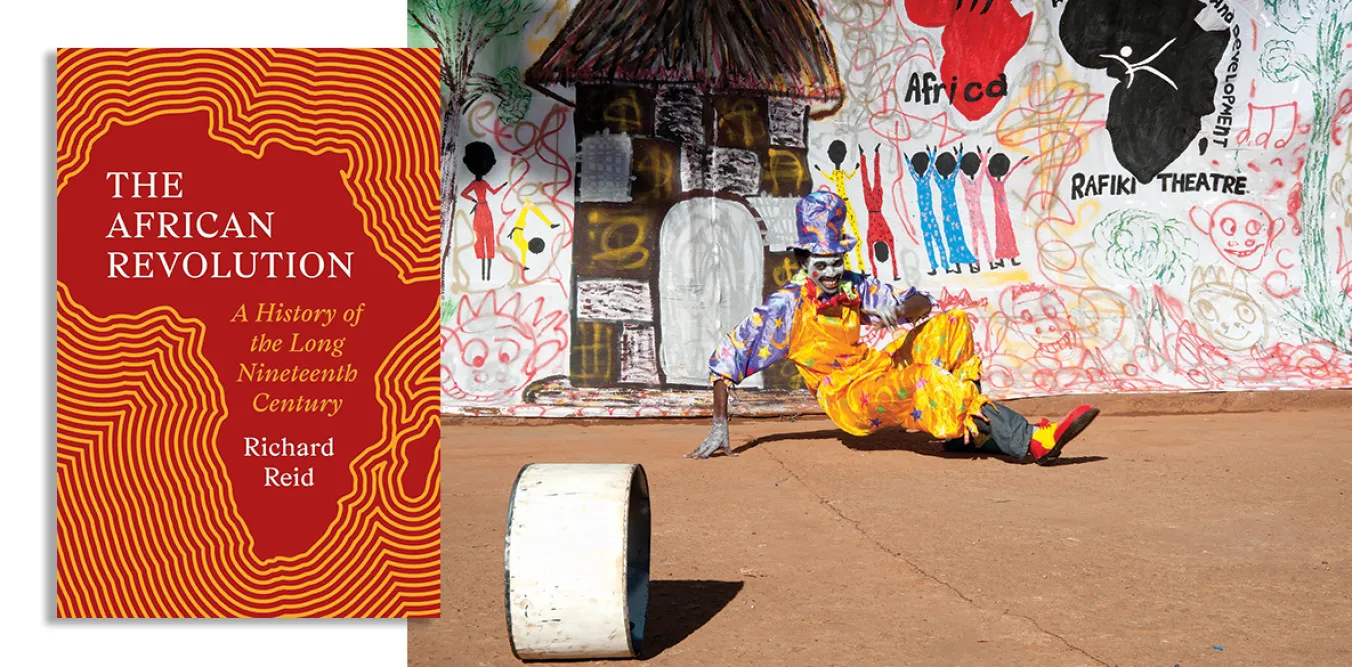
ROGER McKENZIE welcomes an important contribution to the history of Africa, telling the story in its own right rather than in relation to Europeans










